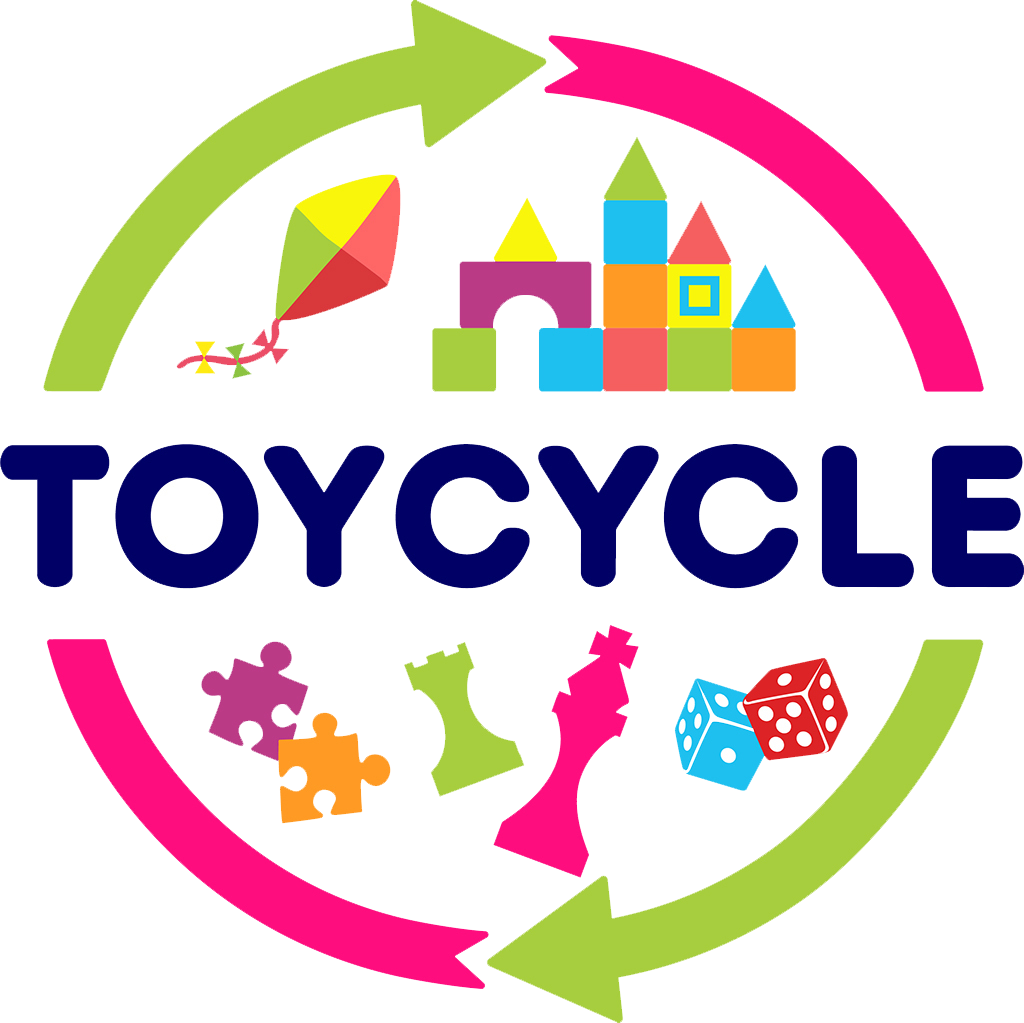The Right Toys for the Right Age
Not sure which infant toys are the right ones for your baby? Choosing age-appropriate toys depends upon familiarity with an infant’s cognitive development. This simple guide provides a quick overview of Piaget’s theory of cognitive development, along with age-appropriate toy suggestions for infants from age three to twelve months.

3 months
By three months of age, your baby will likely be able to reach out for objects with her hand. Baby might like to pull on blankets and clothes, look at her own hand, and hold a rattle. Encouraging these behaviors at this age will help to develop her muscle and eye coordination. Appropriate toys are plush toys, baby mobiles, baby mirrors, baby rings, baby mats, or baby rattles.
Because at this age your baby sees objects best when placed between eight and ten inches from her face, an activity for improving baby’s eye focus is to hold the object within this range and then slowly move the object to one side of her line of vision. The retina is still developing at three months, so board books or soft, fabric books that have large patterns or pictures in black-and-white are good choices.
Your baby can more easily distinguish the difference between two objects when the objects are in sharp contrast. You will find baby staring longer at black-and-white books and objects for this reason. Bright colors in sharp contrast will also induce a baby to reach out for an object. Babies at this age will push themselves up on their forearms when placed on a baby mat, so a baby mat with many things to pull, feel, or grab will help to induce movement.
6 months
At six months, your baby will likely begin to imitate different sounds, and may become excited when hearing familiar footsteps. Toys can include squeaky toys, musical tables, or baby jingle keys. Baby will now say one-syllable words like ba, ma, or da. He is also now likely able to bear all of his own weight in a standing position. To prepare baby for walking, give the six-month-old some toys that encourage him to move around on his play mat and change position as he plays, such as stacking cubes and bins, large rubber links, large rolling cars, and large balls. Take care that the items are all large with no small parts.

9 months
The most important development milestone for baby to practice by nine months is the ability to grasp things with a thumb and index finger in a pincer motion. Baby may even start to prefer to use a dominant hand at nine months! If left alone, baby can likely pull himself into a standing position by holding onto furniture.
The best toys at this age are ones that make baby curious to push, pull, or grasp button-like or pop-up items to practice these pincer movements. Popular items are baby pop-up tables with musical sounds or pounding toys, baby play cubes, or baby control toys. Mini activity tables encourage a baby to stand while playing. A mixture of large objects with different shapes, colors, or relative sizes are great because a baby at this age starts to compare objects by bringing them together side-by-side.
 12 months
12 months
Babies can now track quickly moving objects with their eyes, and they can also look for missing items where they last saw them. Most babies can crawl by twelve months, so give baby plenty of opportunities to explore these movements of objects with toys that spin, twist, crank, roll, or dump and empty.
Babies at this age also love pull toys and play vehicles, and they love to pack and unpack boxes! Babies learn to look under items to discover what lies beneath, so stacking and nesting toys are great choices.
Because most babies at twelve months cannot walk yet, large crayons for scribbling are another good choice. At this age baby can also imitate animal sounds, so any toy or book that produces animal noises is great!
Turning pages in a book is a new, independent skill, so babies often like to experiment with taking a more active role in story time. Large board books are still appropriate, along with touch-and-feel books. Babies will now be able to repeat motions to show emotion, such as hugging and kissing, and can repeat these movements when prompted by a storybook. Your baby may also be able to recognize words in books and to repeat back some two-syllable words like “dada” or “no-no” and understand what they mean. Repeat practice with new words or noises may cause a baby of this age to start to show a preference for a favorite toy.
Your baby goes through extraordinary cognitive development during the first year of life. Providing age-appropriate toys is an important way to support her. Buying used toys may seem like a challenge since you may not have the packaging which states age ranges for a given toy. In Toycycle's online baby consignment store, we group used toys into Infant, Toddler, and School-Age categories. We also include the manufacturer’s suggested age range for each item in the product description. Please feel free to contact us if you have any questions about the age-appropriateness of any of our products.

